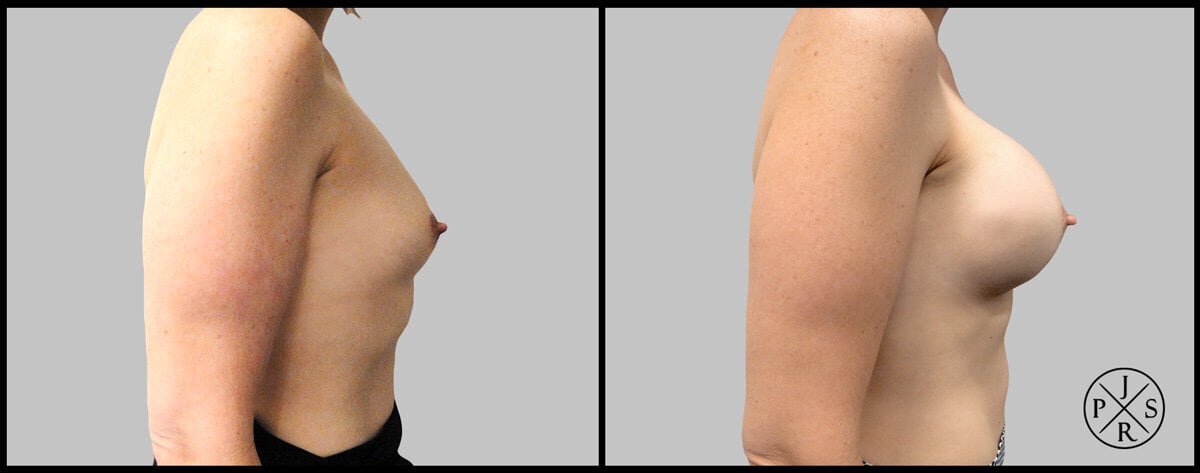










Breast reconstruction is a popular option that many patients choose to recreate breasts after a mastectomy, lumpectomy, or to fix growth defects in natural breasts. The important thing to remember is that making a decision on your procedure doesn’t have to be done immediately; reconstruction can be done at any time, even years after the complete removal of the breasts.
There are two main types of procedures available: those involving implants or those involving autologous tissue (tissue farmed from the patient).
So how do these procedures work?
Patients that choose to have implants can have their procedure done either in conjunction with the mastectomy, or some time afterwards. Reconstruction done during the mastectomy utilises existing breast skin to reconstruct the new shape around the chosen implants – implants made of saline, silicone or a mix of both. In some cases the nipple is removed entirely, so your surgeon will be able to advise whether the nipple can be reconstructed or reattached.
For patients that have their breasts reconstructed some time after their mastectomy, surgical procedures have to be staged over a period of months and weeks to create enough space and skin tissue to accommodate the implants. In these situations, a balloon-like expander is will be inserted under the skin and gradually filled with saline over the course of several weeks. Once sufficient space has been created, the surgeon removes the expander and replaces it with the implant.
Patients looking to reconstruct one breast need to consider the likelihood that their new breast won’t exactly match the existing, natural breast. In many cases, patients choose to have their second breast augmented to match.
A more complex procedure, the autologous (flap) reconstruction uses skin, fat and sometimes muscle from donor sites on the patient.
Depending on the build of the patient, tissue is usually harvested from the back, buttocks, belly or inner-thighs, so patients choosing this procedure will have to manage multiple healing sites.
Patients having the procedure done sometime after their mastectomy will have to undergo an expander process some weeks prior to reconstruction to create space for the new tissue.
There are two types of flap surgery, one that involves just the replantation of tissue using microsurgery and the other that combines the first with the repositioning of living muscle from the abdominal area.
Both types create a result that looks, feels and acts like a natural breast – requiring no further intervention after the end result.
Making an informed decision on your procedure is the first step to regaining your confidence and sense of self. If you would like more information on a complete breast reconstruction, please contact Dr Joseph Rizk’s office on 1300 440 441 or visit www.DrRizk.com.au.
Dr Joseph Rizk became Australasia’s plastic surgeon of the year by making sure that each patient is heard, respected, and treated well. His patient-first approach provides you with the accurate medical information you need to make informed decisions about your course of treatment. At the same time, he offers his decades of knowledge and experience to help you along your path.
DOUBLE BAY, Suite 3.01, Level 3, 451 New South Head Road, Double Bay NSW 2028